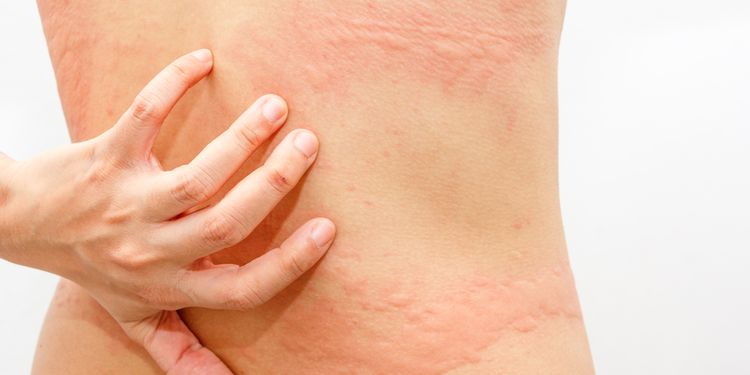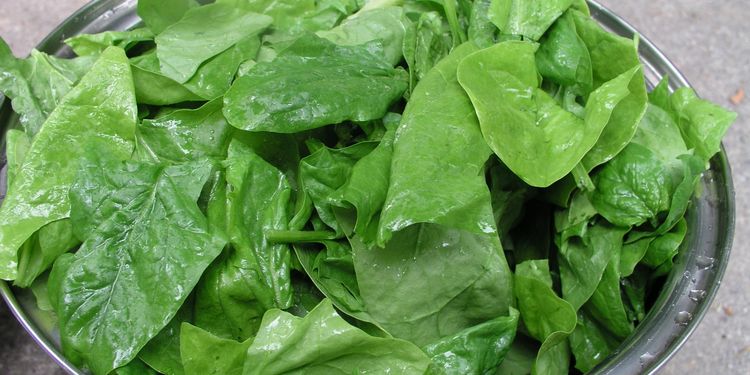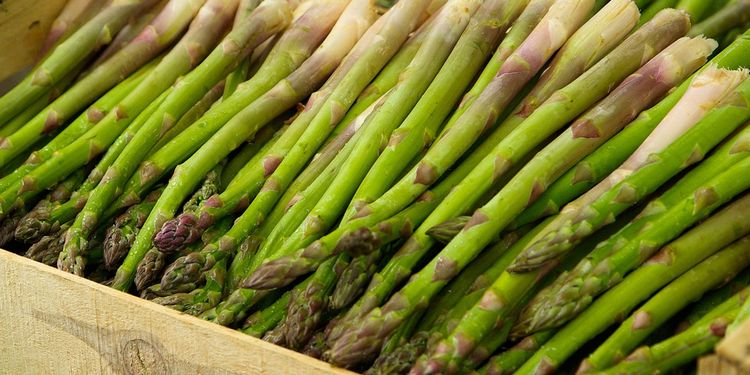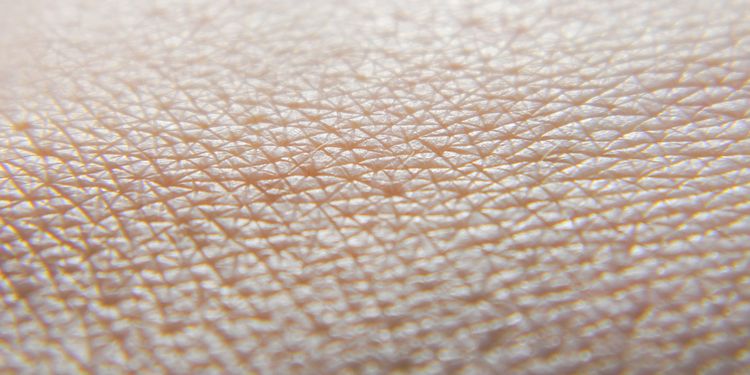The 3 Things That Prevented My Skin From Improving Sooner

My skin used to be terrible.
I struggled with dry skin, rashes, and rampant acne for years. I tried a lot of different products and medications, and most of them didn’t work very well. I had a nagging suspicion that I was only treating the surface symptoms of a deeper issue.
Finally, after years of struggle, I realized the root cause of my unhealthy skin: poor nutrition.
I had completely missed the connection between the food I was eating and the health of my skin. Poor nutrition can contribute to a wide variety of painful, uncomfortable skin conditions, such as acne, rosacea, and eczema. Nutrition can also determine other indicators of skin health, such as firmness, smoothness, and color.
Realizing the connection between my skin health and my diet was just the beginning of my journey.
After a long period of research and experimentation, I eventually narrowed down the root causes of my unhealthy skin to three main nutrition mistakes.

Not Eating Enough Greens
Leafy greens were sorely missing from my diet, and as a result, I was depriving my body of two nutrients essential to healthy skin: vitamin E and vitamin C.
Vitamin E
Vitamin E is the most plentiful fat-soluble (i.e., stored in fat cells in the body) vitamin found in the skin.
As a powerful anti-inflammatory, it protects the skin from free radical damage and suppresses arachidonic acid, which could help heal inflammatory skin conditions like psoriasis and atopic dermatitis. Vitamin E participates in gene regulation, cell signaling, and general immune function.
Vitamin E has also been linked with increasing antioxidant levels in the body and preventing inflammatory skin damage (like aging and skin cancer) due to sun exposure.

Like most Americans, I was getting some vitamin E from cooking with vegetable oils such as soybean, canola, and corn oil.
Thankfully, I found much healthier ways to increase my intake of vitamin E: leafy greens like chard, turnip greens, spinach, kale, and collards. Vitamin E is also found in broccoli, Brussels sprouts, asparagus, bell peppers, almonds, and sunflower seeds.
Adding these foods to my diet has significantly improved my skin health.
Just make sure to eat these foods alongside fatty foods, as this will help your body absorb the fat-soluble vitamin E.
As a final note, paleo nutrition expert Chris Kresser recommends that you avoid supplementing with vitamin E, as alpha-tocopherol, the form of vitamin E found in most multi-vitamins, has been linked to increased risk of cardiovascular disease.

Vitamin C
Vitamin C is well-known to be essential to healthy skin.
Diets high in vitamin C lead to healthier, less wrinkly, less dry skin. Vitamin C is necessary for the proper regulation of collagen, a structural protein responsible for keeping skin cells stable. Vitamin C is also involved in wound healing and may act as an antioxidant in preventing and treating sun damage.
By skipping out on vitamin C-rich foods like dark leafy greens (kale, chard, and spinach) and herbs (basil, thyme, parsley, chives, and cilantro), my skin was suffering the consequences.
Adding these foods to my diet, along with vegetables like broccoli, Brussels sprouts, and bell peppers, did wonders for my skin.

Keeping My Meat Selection Bland
Before researching the nutrition-skin health connection, my meat selection was almost entirely limited to chicken. Chicken is by no means bad for your skin. But by keeping my meat selection so bland, I was missing out on key nutrients for skin health: selenium, pantothenic acid, and zinc.
Selenium
Selenium is a trace mineral vital to the health of our entire body, skin included.
Selenium plays a key role in the function of glutathione, one of the major antioxidants in the body. Without selenium, glutathione would be unable to protect our body from free radicals that increase the risk of skin cancer and cause aging and inflammation. In fact, diets high in selenium have been linked to lower rates of skin cancer.
Selenium helps reduce oxidative stress throughout the body, which is great for your skin.

After broadening my meat selection to selenium-rich foods like liver, beef, turkey, and lamb, as well as cod, tuna, halibut, sardines, and salmon, I noticed dramatic improvements in my acne. Studies support this, showing that selenium can reduce the severity and improve the appearance of acne.
Pantothenic acid (B5)
Pantothenic acid, also known as vitamin B5, is named after the Greek word pantos, which means “everywhere.”
This is because pantothenic acid is found in almost every kind of food and is needed by nearly all living things for healthy growth and metabolic function!
Pantothenic acid plays a role in producing energy, synthesizing fats and proteins, and ensuring the proper growth and regeneration of many types of skin cells. Pantothenic acid also supports wound healing and increases glutathione levels in the body. It may also support the growth and differentiation of keratinocytes, which help the skin maintain a healthy barrier.

Adding rich sources of pantothenic acid to my diet, such as liver, kidney, shellfish, and fish, led to considerable improvements in the look and feel of my skin.
It’s worth noting that high heat and canning may reduce pantothenic acid levels in foods by up to 75%, so keep this in mind when selecting foods to up your intake of pantothenic acid.
Zinc
Zinc plays many important roles in maintaining skin health.
Zinc helps the body heal wounds, synthesize proteins and DNA, divide cells, structure proteins and cell membranes properly, and regulate gene expression. It also helps the immune system function properly, acts as an anti-inflammatory, and protects the skin from UV radiation damage.

Zinc has also been shown to reduce acne— in some cases as effectively as antibiotics!
Red meat (e.g., beef and lamb), seafood (e.g., scallops, oysters, and other shellfish), and organs (e.g., liver and kidney) are all high in zinc. I’ll admit, I used to avoid shellfish and organs out of simple squeamishness. I’d never tried them, and I wasn’t excited to.
Once I realized how essential zinc is to skin health, however, I gave them a try. After adding these high-zinc foods to my diet, I noticed dramatic improvements in my skin.
I also discovered what delicious treats scallops and raw oysters are.
Talk about a win-win!

Skipping the Leftovers
Back in tribal times, our ancestors used nearly the entire animal in the cooking process. Tendons, ligaments, skin— it all went down the hatch! Not only is this practice less wasteful, it’s amazingly healthy as well.
Why? Because the parts of the animal we normally don’t eat are rich sources of collagen.
Collagen is known as the “glue” of our bodies. There’s more collagen than any other protein in our body. It’s found in our muscles, bones, tendons, and skin, and it’s directly responsible for the strength and elasticity of our skin.
My low-collagen diet played a large role in my unhealthy skin. The more collagen I added to my diet, the more my skin looked and felt healthier, firmer, and smoother.
Ensuring I get enough collagen in my diet is a simple matter of making and drinking chicken bone broth. Simmering chicken bones, wings, feet, tendons, ligaments, and skin for 48 hours or so gives me access to all the collagen found in the animal parts I normally don’t eat.

Summary
By adding leafy greens, organs, shellfish, and bone broth to my diet, I ensured my body was getting the nutrients it needs to produce vibrantly healthy skin.
If you’re struggling with unhealthy skin, I highly recommend you add foods high in vitamin E, vitamin C, selenium, pantothenic acid, zinc, and collagen to your diet.
Your best bet is to get these nutrients from the whole-food sources mentioned above. Supplementing with isolated, artificial nutrients will have different effects on your body.
Make these simple nutritional changes and your body and your skin will look and feel better than ever. Not to mention you’ll get the chance to spice up your life with new, unique recipes.
Happy cooking!
